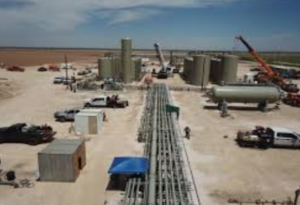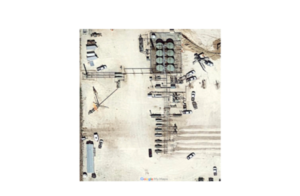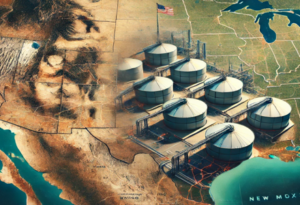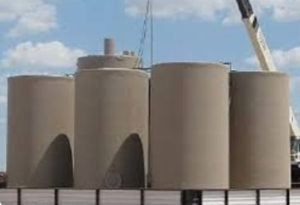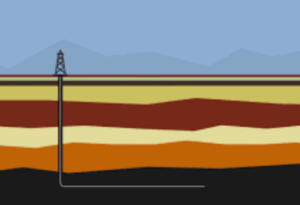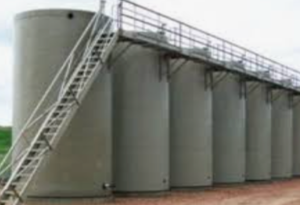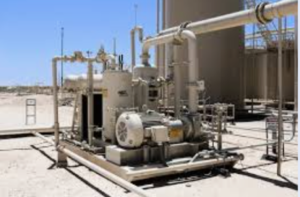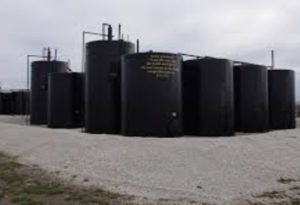API 12F is the American Petroleum Institute’s standard for “Shop-Welded Tanks for Storage of Production Liquids.” This standard provides specifications for the design, fabrication, and construction of shop-welded, aboveground storage tanks for production liquids, including oil, water, and other petroleum products. Here are key points and considerations regarding tank settlement as per API 12F:
Foundation and Settlement Considerations
- Foundation Requirements:
- API 12F emphasizes the importance of proper foundation design and construction to ensure the stability of the tank and minimize settlement.
- The foundation should provide a uniform and stable support to prevent differential settlement, which can cause structural issues.
- Soil Conditions and Preparation:
- A thorough geotechnical investigation should be conducted to assess soil conditions at the installation site. Understanding the soil’s load-bearing capacity, compaction, and moisture content is crucial.
- The foundation should be constructed on well-compacted soil or a suitable base material, such as gravel or crushed stone, to enhance stability and reduce settlement risks.
- Types of Foundations:
- API 12F does not prescribe specific types of foundations but allows for various options, including concrete slabs, ring walls, or compacted gravel pads. The choice of foundation depends on site-specific conditions and engineering judgment.
- The foundation design should distribute the tank’s load evenly to avoid localized stress points that could lead to differential settlement.
Monitoring and Maintenance
- Settlement Monitoring:
- Regular monitoring of tank settlement is recommended to detect any signs of uneven or excessive settlement early. Monitoring can be done using settlement plates, laser leveling, or other surveying techniques.
- Periodic inspections should be conducted to assess the condition of the foundation and the tank, especially if there are indications of settlement issues.
- Inspection and Maintenance:
- API 12F tanks should be inspected regularly for signs of settlement, such as uneven tank bottom, tilting, or deformation of the tank structure.
- Maintenance activities may include re-leveling the tank, repairing or reinforcing the foundation, and addressing any drainage issues that could affect soil stability.
Corrective Actions
- Addressing Differential Settlement:
- Differential settlement, where one part of the tank settles more than another, can cause significant structural issues. If differential settlement is detected, corrective actions should be taken promptly.
- Corrective measures may include adding foundation material to re-level the tank, installing support structures, or even lifting and re-leveling the tank if necessary.
- Foundation Reinforcement:
- In cases where settlement is a concern, reinforcing the foundation with additional materials or structural elements can help distribute loads more evenly and reduce the risk of further settlement.
- Techniques such as soil stabilization, using geotextiles, or installing pilings can improve foundation stability.
Environmental and Safety Considerations
- Preventing Leaks and Spills:
- Settlement-related issues can compromise the integrity of the tank, leading to potential leaks or spills of stored liquids. Ensuring a stable foundation helps prevent environmental contamination and enhances safety.
- Secondary containment measures, such as dikes or berms, should be in place to contain any potential spills resulting from settlement-related tank damage.
- Regulatory Compliance:
- Adhering to API 12F standards and guidelines helps ensure compliance with regulatory requirements related to tank construction, operation, and maintenance.
- Proper foundation design and settlement management are crucial for meeting environmental protection and safety standards.
Summary
API 12F provides guidelines for the construction and maintenance of shop-welded storage tanks, emphasizing the importance of proper foundation design and settlement management. Key considerations include conducting thorough soil investigations, choosing appropriate foundation materials, regularly monitoring and inspecting tanks for settlement, and taking corrective actions when necessary. By following these guidelines, operators can minimize the risks associated with tank settlement, ensure the structural integrity of the tanks, and protect the environment and public safety.


